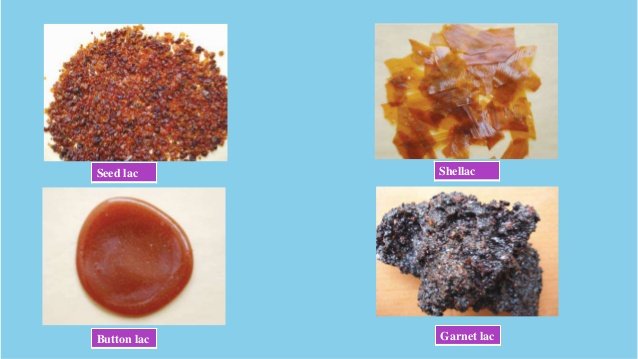Lac culture
The commercial cultivation of lac insects is known as lac culture.
Species of lac insect
Four species of lac insects are-
- Kerria lacca.
- Tachardia signoret.
- Tachardiella cockrell.
- Tachardina cockrell.
Kerria lacca is available in Bangladesh.
Types of lac insect
Depending on the cultivation procedure, lac insect are two types-
- Kusumi: 2 types- a) Aghani. b) Juhi.
- Ranginee: 2 types- a) Katki. b) Baishaki.
The range is available in Bangladesh, and Kusumi practised in India.
Host Plant for lac insect
- Jujube.
- Kusum.
- Polash.
- Acacia.
- Fig etc.
Lac production technology
- Seed lac
- Rearing and harvesting
- Raw lac/ Stick lac
- Scraping, Sieving
- Bully lac
- Wash in water
- Choury lac
- Purification by heat and add chemical
- Shellac
Seedlac: Lac insect is borne in the plant, especially on the growing point of the plant. The twig we select for seed lac must be 15-30 cm in length, and most of the lac insect remains in the egg stage.
Raw lack/Sticky lac: After preparation of seedlac, it will be attached to the host plant’s growing point. Seedlac is kept in this condition for about two weeks. By this time, the egg will hatch and migrate to the host plant. When the lac insect spreads all over the host plant, the seed is removed from the host plant. Lac insects have piercing-sucking type mouthparts.
They will suck the cell sap from the host plant by attaining a nymphal period and secret resin from their formal gland. A layer of resin about 0.6to 1.3 cm built in the host plant. The twig of the host plant with resin is cut and collect lac from them. This is called raw/stick lac.
Buly lac: From raw lac or stick lac, we get buly lac through scraping and Sieving. The buly lac is washed with water several times.
Choury lac: After washing of buly lac, the lac which we get is called choury lac.
Shellac: Afterword purification may be done or may not be done. If purification is done, heat is applied for the boil, and then the lac is kept in different shape container giving in different shape. After this process, the lac which we obtain is called shellac.
Prospect of Lac culture in Bangladesh
In Bangladesh, seedlac is grown two different times. One time is June–July, and the harvesting period is the month of October–November. Another time is October–November and harvesting in June–July. Twig is needed, and for this season, the host plant is to be pruned two times to obtain more lac. February–March and May–June. Immediate after pruning, nitrogenous fertilizer has to be applied around the host plant, making the host plant succulent and suitable for lac insect to suck.
Uses of Shellac
- It was used in ancient times as a wood finish, skin cosmetic, and dye for wool and silk.
- Lac for dye has been somewhat replaced by the emergence of synthetic dyes though it remains in use, and some juices, carbonated drinks, wine, jam, sauce, and candy are colored using it.
- Lac is used in folk medicine as a hepatoprotective and antiobesity drug.
- It is used in violin and other varnish and is soluble in alcohol.
- Nail polish, lipstick, gala, Jewellery shop, toys, etc., are prepared from lac.
